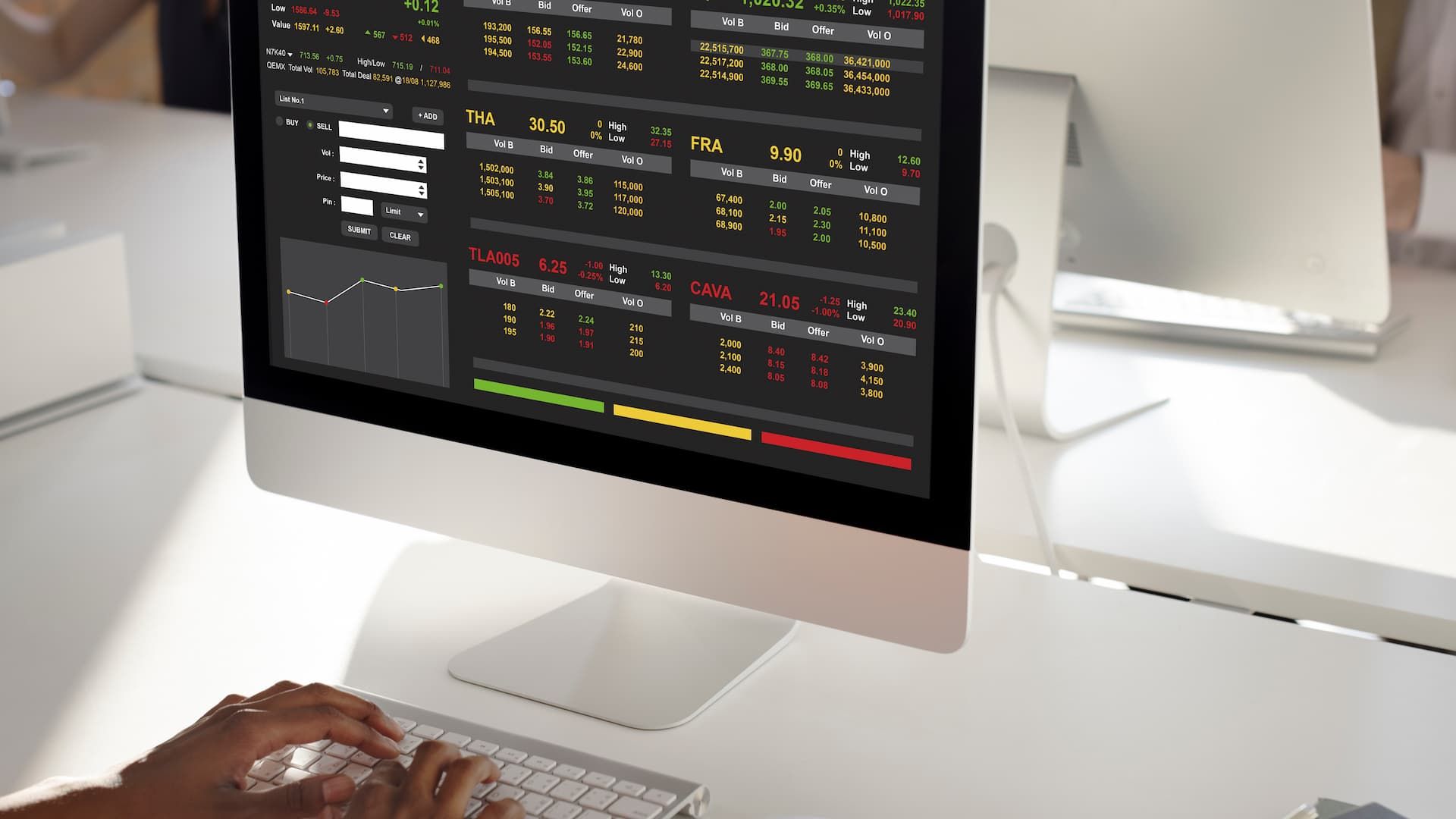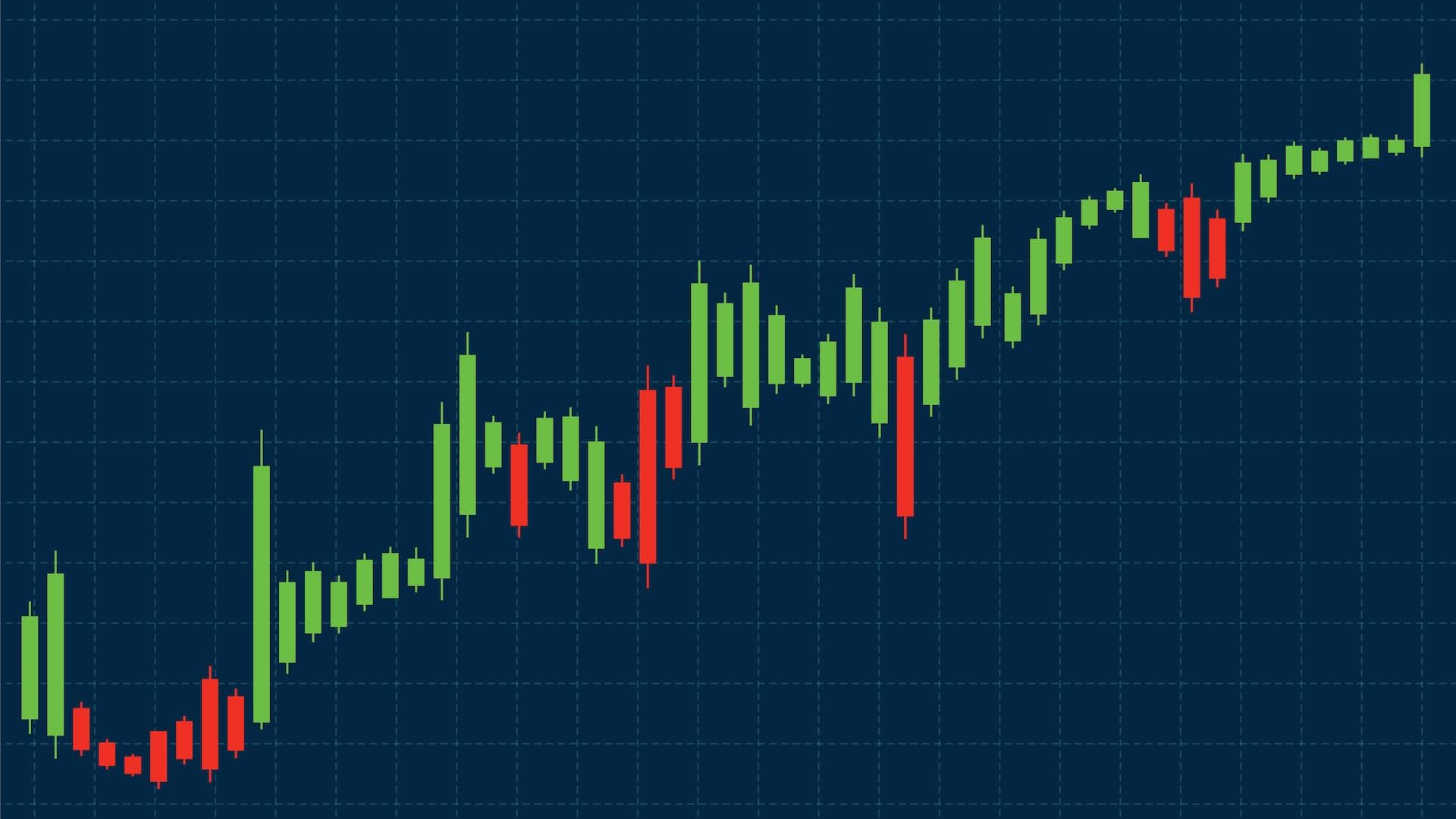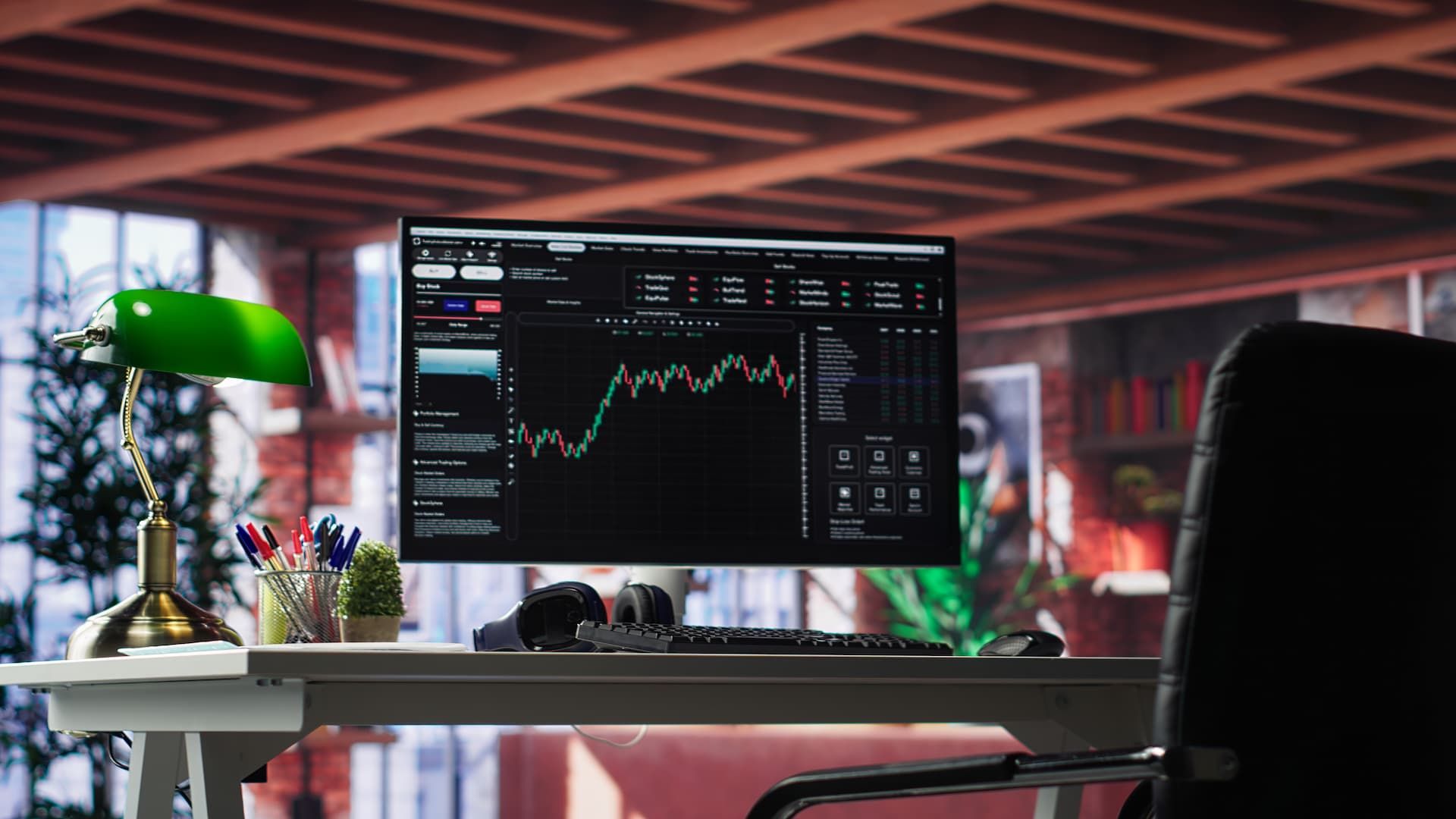Trading financial markets is exciting, but once you're past the newbie phase, fresh traps pop up that can wreck your best plans. Intermediate traders have some solid experience; they grasp charts, indicators, and risk basics, but they hit sneaky snags from getting too confident, not knowing enough, or letting emotions take over. This piece breaks down those mistakes to help you spot and dodge them for a stronger, long-lasting trading path.
Understanding Common Trading Mistakes
Intermediate errors involve misapplying knowledge or letting psychology interfere. Unlike beginners' ignorance, such as skipping stop-losses, intermediates tweak systems unnecessarily or chase unverified trends. Examining technical and behavioral factors reveals why trades fail and how to turn them into lessons for profitability.
What are common intermediate mistakes?
You jump into trades just to stay active. Boredom drives you, not strategy. You ignore risk-reward and chase breakouts without checking volume. Price reverses fast, and you take a hit. You lose money, then double your position to win it back. Emotions take over. Instead of recovering, you risk blowing up your account. You keep using trend setups in a flat market. Stops keep hitting, and losses pile up. You trust signals like RSI divergence without looking at the bigger picture. Market sentiment disagrees, and the trade fails. You size trades only by account balance and forget volatility. One big swing wipes out weeks of progress.
Why traders make losing trades
Many traders lose because they don’t test their strategies well enough. A setup may look great in a bull run, but without proper backtesting it falls apart in other conditions. Sudden news or geopolitical tensions can wreck even the cleanest chart, and ignoring the economic calendar leaves you exposed to nasty surprises. Slippage and commissions quietly eat away at profits, especially if you trade too often. Confirmation bias also plays a role, you search for signals that agree with you and dismiss the ones that don’t, like buying into a bullish setup while fundamentals scream bearish. And when discipline breaks down, rules get ignored, FOMO takes over, and the edge you had disappears.
The role of emotional trading in losses
Emotions sabotage plans, amplifying losses. Overconfidence from wins breeds greed, like holding trades too long, erasing profits in reversals.
-
Fear prompts early exits during pullbacks, missing upside.
-
Herd mentality: Following hype without analysis, entering pumps that crash.
-
Stress cycles cause hesitation or aggression.
-
Combat with trade journaling, mindfulness, or alerts to detach emotions and control losses.
Managing Losing Positions
Losing positions test a trader's discipline and risk management. Key to handling them is sticking to predefined trading rules, like using stop-losses based on technical analysis, to cut losses early without emotional interference.
How to handle a losing position
Assess the trade objectively: review if it still aligns with your trading strategy and adjust position size relative to trading capital. If the market moves against you, exit promptly to preserve capital, avoiding escalation into larger losses.
Avoiding fear of missing out (FOMO)
FOMO drives impulsive entries into trades without proper setup, often ignoring realistic expectations or stock market volatility. Combat it by focusing on your trading style, waiting for confirmed signals rather than chasing hype, to maintain consistent decisions.
Learning from most common trading mistakes
Analyze past errors like poor profit target setting or overusing leveraged trading to refine approaches. Beginner traders often repeat issues from lacking experience, so study successful cases to build better habits and avoid recurring pitfalls.
Trading Across Asset Classes
Trading different asset classes requires understanding unique risks and dynamics, from stocks to forex or crypto. Novice traders often overlook how multiple markets demand tailored approaches, leading to errors like applying stock strategies to volatile crypto without adjusting for market swings.
Common trading mistakes in different asset classes
In stocks, chasing past performance without risk management causes losses from unrealistic expectations. Forex traders err by using too much margin on winning trades, ignoring how much capital is at stake, while in commodities, overreliance on technical indicators misses smart money flows.
How market moves impact your trades
Sudden market moves can amplify losses if positions lack proper risk reward ratios, especially for new traders fearing missing out. Investment professionals advise monitoring one market closely to predict swings, rather than spreading thin across classes.
Adjusting your strategy to your investment time horizon
Match your trading style to your investment time horizon: short-term requires quick exiting trades, while long-term focuses on realistic expectations over hype. Traders tend to fail by not aligning capital allocation with horizon, risking overexposure in volatile periods.
Day Trading Specific Errors
Day trading involves rapid buying stocks and selling within the same trading day, but common mistakes like too many positions dilute focus and increase high risk. Most traders fail by trading based on educated guess rather than data, leading to bad trades from ignoring how markets work.
Common mistakes in day trading
Overtrading during volatile market turns causes losses from poor decision making process, especially with short positions in other assets. Novice traders often chase the next trade without a diverse portfolio, resulting in single trade disasters.
Managing risk in short-term trades
Implement strict risk management to limit exposure per trade, avoiding too much margin that amplifies losses. Good trader habits include setting exact entry and exit points, protecting capital in fast-paced environments.
Key Takeaways
Summarize lessons from trading errors to build consistency as human beings prone to emotions. Focus on right investments over hype for long-term success.
How to prevent common intermediate mistakes
Develop rules to avoid revenge trading and overconfidence after winning streaks. Review trades regularly to spot patterns like ignoring risk reward ratio.
Developing discipline and consistency
Stick to a proven strategy without deviations, fostering habits that separate pros from amateurs. Practice patience to resist FOMO in daily decisions.
Continuous learning from losing trades
Analyze each loss to extract insights on what went wrong, turning them into growth opportunities. Use journals to track improvements and refine approaches over time.












